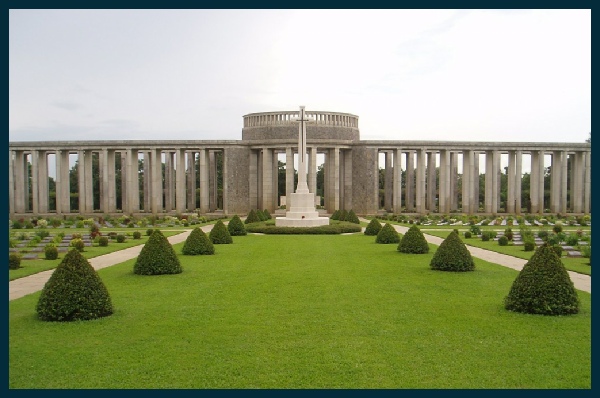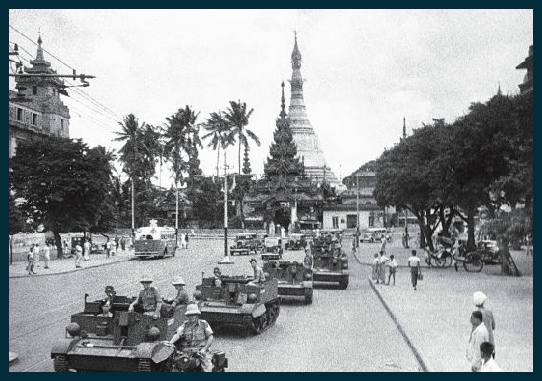Copyright © All rights reserved.



Ernest Spooner
George Ernest Spooner was born in the third quarter of 1914 and his birth registered in the Malton area. Ernest was the son of John and Florence (nee Nelson) Spooner who married in the Malton area in the last quarter of 1910. He was the second of three children born between 1910 and 1920 and the family lived at Bevan’s Hill – now demolished. Ernest was a competent pianist and played for Bradleys Entertainers, a local dance band.
In 1935 Ernest had a son Peter with Dorothy May Boyes (1916 -
Surprisingly, given that illegitimate children were often removed from their single mothers, Dorothy managed to keep Peter. She had immense support from her parents, Alfred Boyes (the first taxi owner in Malton) and Rhoda. She went out to work and became company secretary for Ainsty Factoring in Yorkersgate (now the Thai restaurant) and did the payroll for several Malton businesses while working from home.
In 1938 Dorothy married Colin Paylor and Peter’s surname was changed to Paylor. He went on to Bootham School in York, and then began work at Ainsty Factoring. In 1964 he started his own business, Domestic Heating Services. He died in 2003, and his son Neil paylor now owns and runs the business.
Given his age, Ernest would have been among the first tranche of men to be called up, and on opting for the army, joined the 1st Battalion of the West Yorkshire Regiment (Prince of Wales's Own). When the German War commenced in 1939, both the 1st West Yorkshire and 1st East Yorkshire were in India performing the normal Imperial garrison duties, but 1st West Yorks were moved by sea to Rangoon immediately following the outbreak of the Japanese War. The 1st Battalion arrived in Burma on 29th January 1942. In early January 1942, the Japanese 15th Army had completed its preparations for invasion. IIIrd Battalion, 112th Regiment crossed the frontier on 15 January and captured the town of Tavoy with its airfield on the 19th, forcing the evacuation of the Mergui garrison to Rangoon the next day. The Japanese now had the three airfields, at Victoria Point, Tavoy and Mergui, from which to fly fighter escorts for the bombers attacking Rangoon.
About the 18th January, the 1st Battalion was transferred to the Pegu force. On 21 January, a larger scale attack by 55th Division forced the withdrawal of 16th Indian Infantry Brigade from the Kawkareik position. The subsequent defence of Moulmein was stubborn if short followed by a further withdrawal on 31 January across the Salween estuary by river steamer to Martaban. It was then hoped that the Japanese could be held on the Salween but a Japanese crossing established a roadblock north of Martaban and forced the withdrawal of the garrison on 9 February. Further Japanese pressure produced another withdrawal to the Bilin River, where again it was hoped to make a stand.
In the first major action of the campaign, the 17th Indian Division was practically destroyed. Under Japanese attack, they began a withdrawal to the Sittang on the night of 19/20 February. The Japanese hoped to outflank the withdrawal and reach the only crossing over the Sittang River, the railway bridge, first. Disaster struck the retreating Indian Division -
Hopes of reinforcement by the Australian 7th Division, returning from Egypt to defend Australia, were dashed when the Australian government decided against allowing the division to be diverted to Burma. The only available reinforcements in prospect were the partially trained 63rd Indian Infantry Brigade, an Indian field regiment and three British battalions. The convoy carrying 63rd Brigade and the artillery was diverted to Calcutta by General Hutton, who wished to evacuate Rangoon early. He was overruled by Wavell, who ordered that Rangoon be held at least until the arrival of the reinforcements. Hutton was replaced by General Alexander, who arrived in Rangoon by air on 3rd March. The reinforcements arrived the same day.
The Japanese advance had been delayed by the need to bring up heavy equipment to provide an adequate crossing over the Sittang. Despite heavy fighting around Pegu on 6 and 7 March, the Japanese succeeded in moving through the gap between the defenders of Pegu and 1st Burma Division. The Japanese saw an opportunity to capture Rangoon quickly, from where the British were now hastily evacuating all remaining personnel. 17th Indian Division, with 7th Armoured Brigade under command, was to hold the Hlegu area until the withdrawing Rangoon garrison had left Taukyan. However the Japanese established a roadblock near Taukyan and there was fierce fighting to clear this on 7 and 8 March. The Rangoon garrison got away however, having carried out thorough demolitions, when the Japanese withdrew their roadblock to concentrate for the capture of Rangoon, thinking that the garrison remained in the city. Around midday on 8 March, the Japanese entered Rangoon and were surprised to find the city deserted.
It was presumably in the fighting at Pegu that Ernest was killed on 7th March 1942. He has no marked grave but is commemorated on the Rangoon Memorial, situated in Taukkyan War Cemetery, which is about 35 kilometres north of Yangon (formerly Rangoon). The cemetery is on PY1 Road (formerly Prome Road), about 15 kilometres from the airport and can be easily seen from the road. The Rangoon Memorial bears the names of almost 27,000 men of the Commonwealth land forces who died during the campaigns in Burma (now Myanmar) and who have no known grave.

